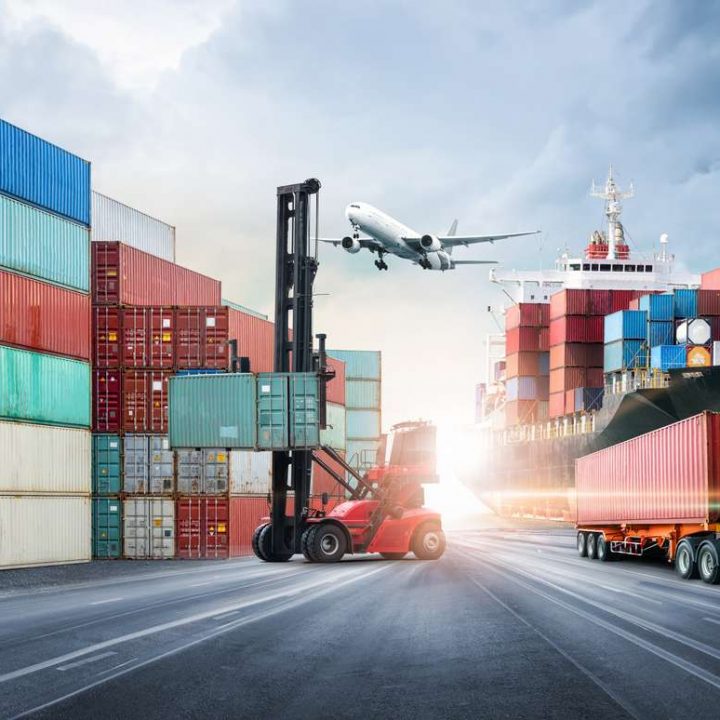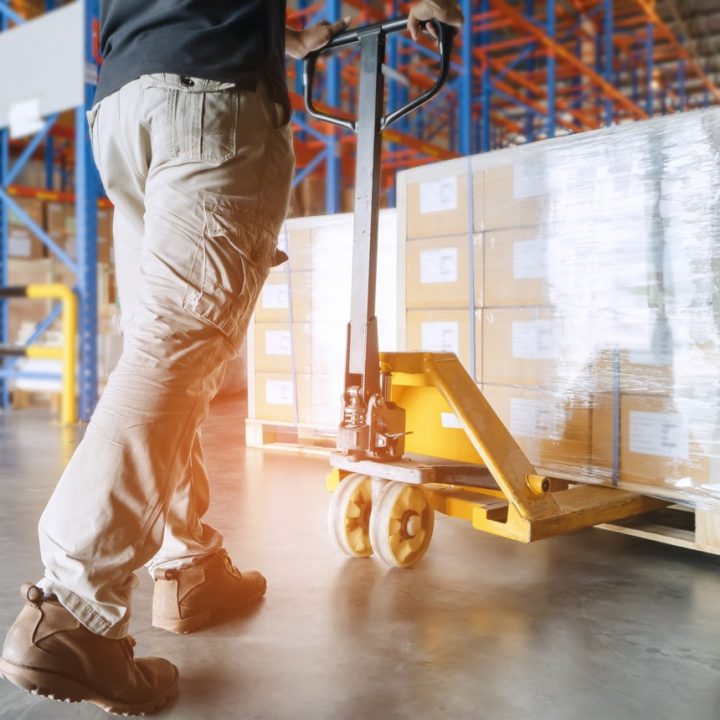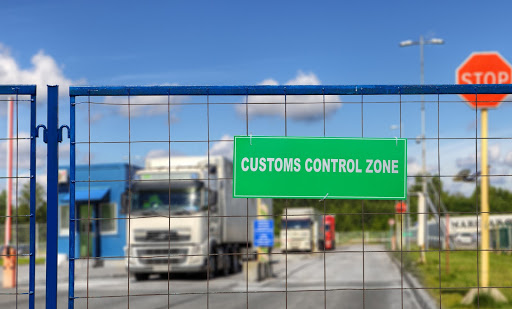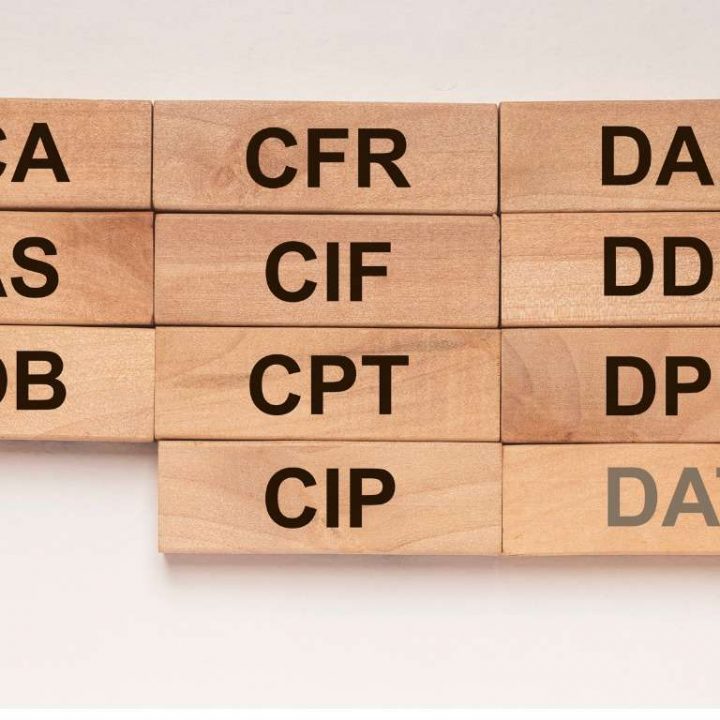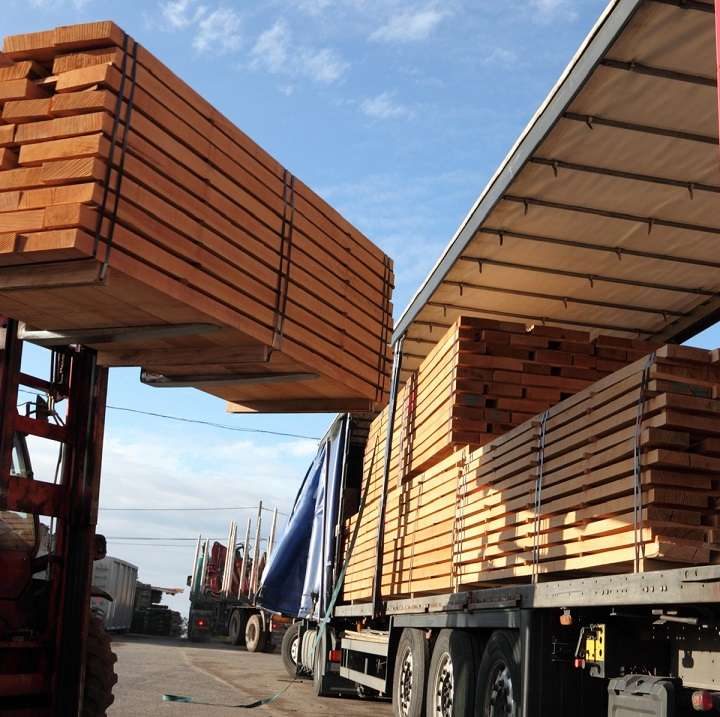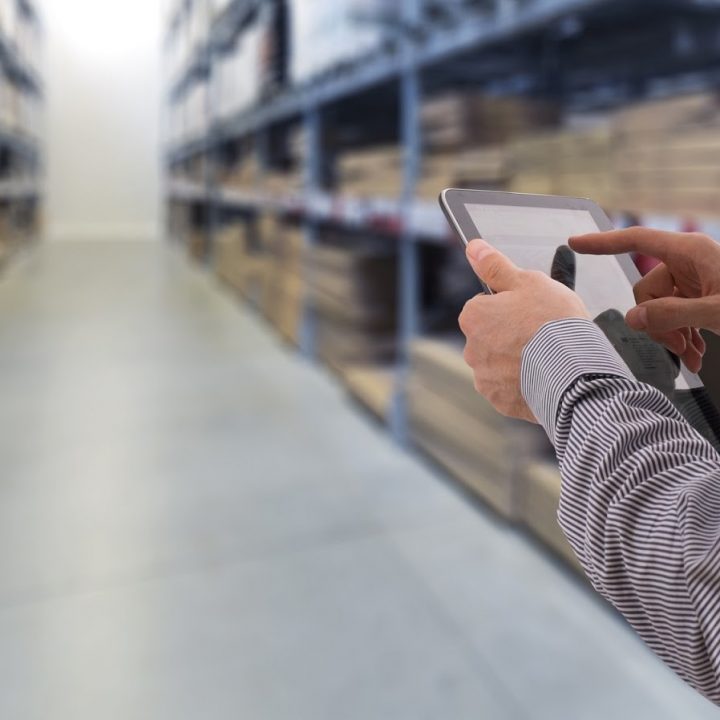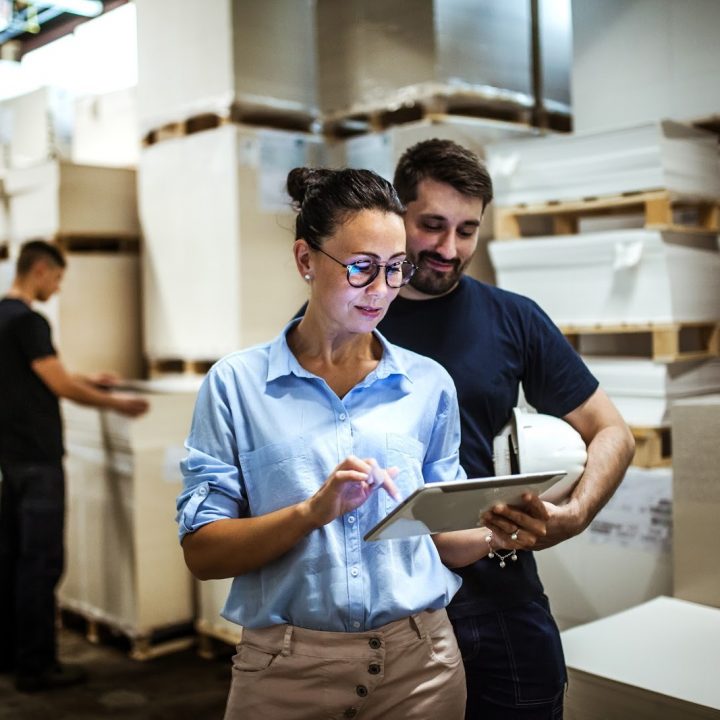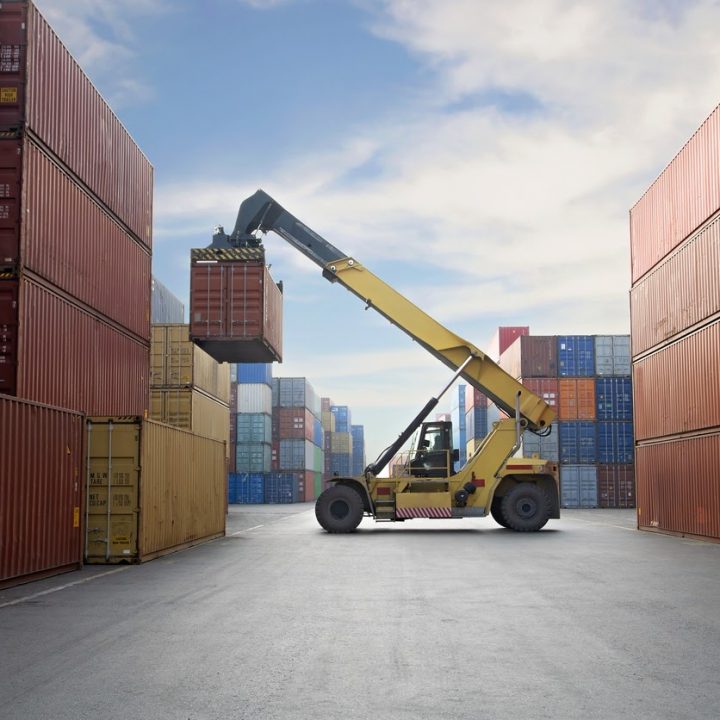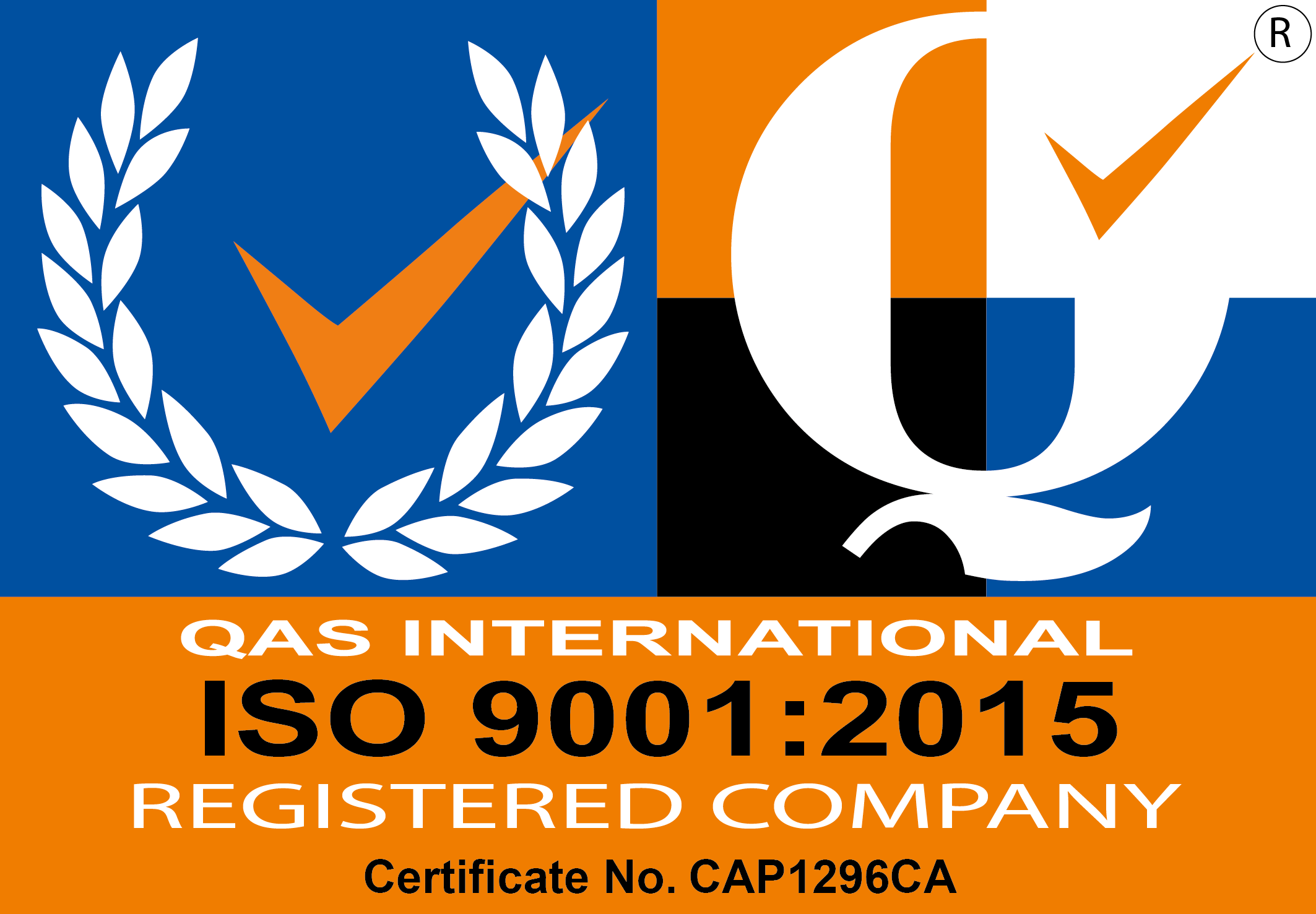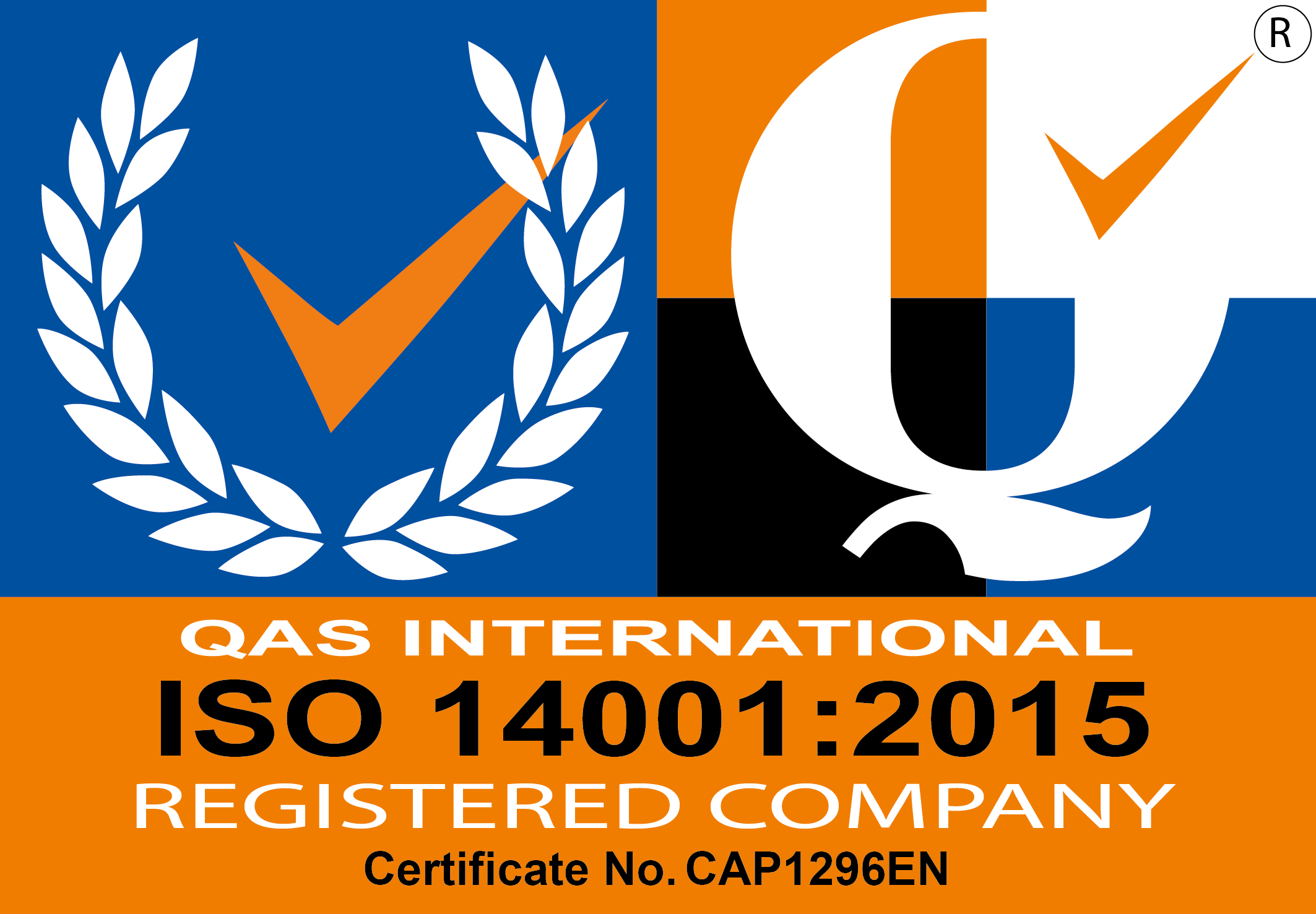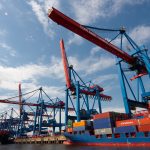Importing goods into the UK from other countries may seem like a complex process at first – and you may feel even further confused by how it works in the post-Brexit and COVID-19 world that we’re currently living in. However, as long as you understand the basics and follow the correct procedures that are currently in place, you should find that you’re still able to move your goods with ease.
To get yourself up-to-date on the latest process, check out our handy guide which includes tips on how you can make importing your goods into the UK go smoothly from start to finish.
Get an EORI number
In order to import goods between England, Scotland and Wales and other countries, you’ll need to get an Economic Operators Registration and Identification (EORI) number that begins with GB. To move goods between Northern Ireland and other countries, you will need a EORI that begins with XI.
You can apply for an EORI number via the government website. It takes around five to 10 minutes, and you should be given your EORI number straight away. This may take a little longer if you are applying for an EORI number beginning with XI, or if HMRC need to carry out more checks.
Decide who will make your customs declarations and transport your goods
In order to import goods, you will need to figure out how to physically transport them into the country, and you will need to fill out the relevant customs declaration documentation too. You can find the documents you need on the government website.
You can make your custom declarations and organise to transport your goods yourself. However, most businesses hire freight and logistics companies to do this on their behalf. For example, you could use a freight forwarding company, such as Freightline Carriers, to help you move your goods and assist you in making the appropriate customs declarations.
Find out the commodity code for your goods
When it comes to completing your import declaration documentation, you’ll need to include the commodity code for your goods. Usually a long string of numbers, a commodity code classifies your goods for import, and determines the import VAT and rate of duty you need to pay and if you will need an import licence.
If you have enlisted the help of a company to manage your imports, they may be able to assist you in finding the commodity codes for your goods. Alternatively, you can refer to the government website to find the right code.
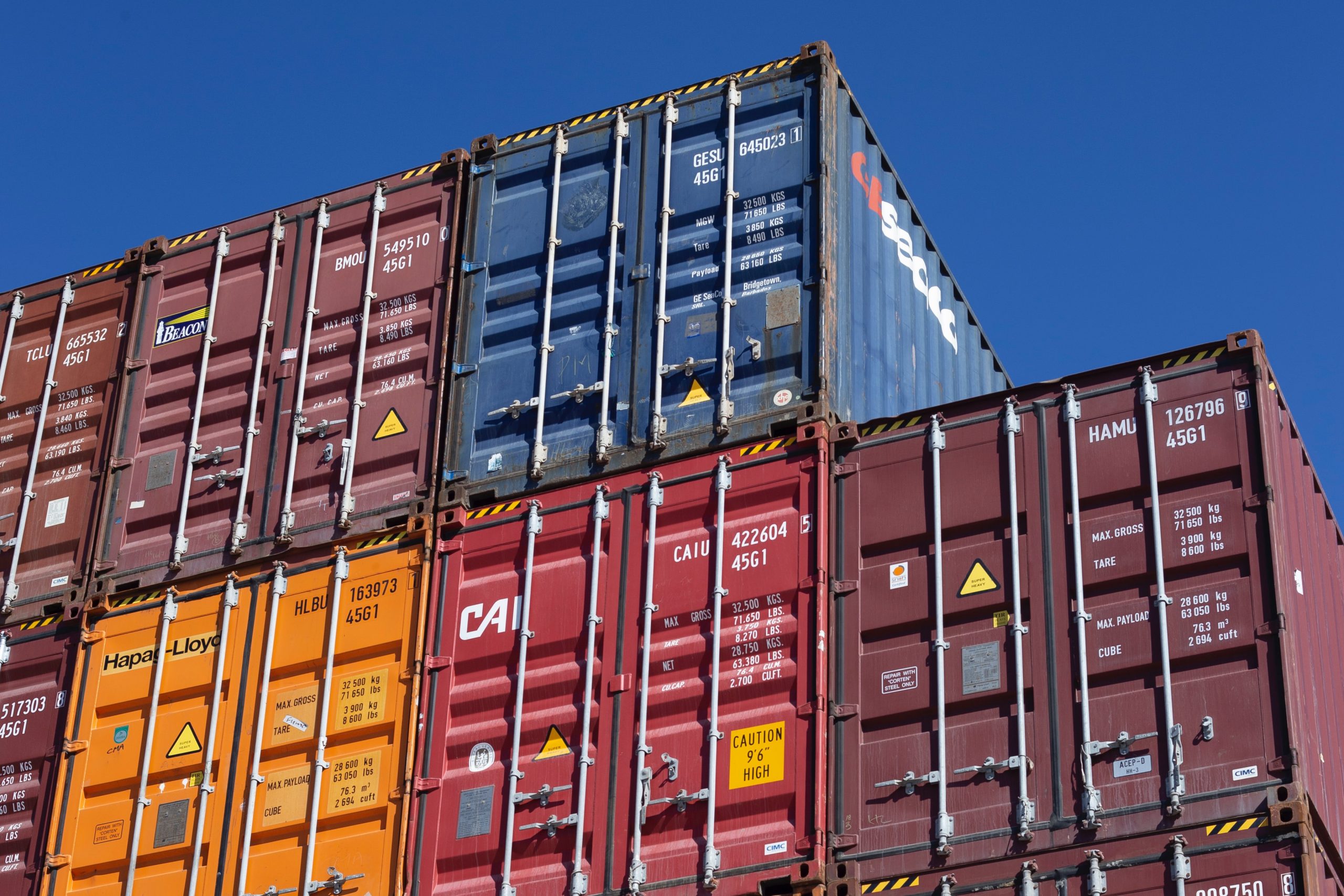
Calculate your goods value
To help work out how much duty and VAT you’ll need to pay, you will need to calculate your goods value and declare this on your import documentation. There are six different methods of working out the value of your goods, all of which are explained in detail on the government’s website.
Check the tariff rates that apply to goods you import
It’s important to check the tariff rates that apply to the goods you’re importing too. The UK Global Tariff (UKGT) applies to any goods that are imported in the UK, although there are some exceptions. For example, it does not apply if the country you’re importing from has a trade agreement with the UK.
The tariff-rate quota (TRQ) may apply for certain products. If there is a TRQ in place for the products you want to import, you may be able to import a specific amount at a lower or even a zero customs duty rate, so it’s worth double checking.
Find out if you can reduce/delay your customs duty.
Check if you need a certificate or licence to import your goods
There are special rules in place for importing certain types of goods, such as animals, plants, high risk food, controlled drugs, hazard chemicals and much more. In order to import these items, you will need to check if you require a certificate or licence. If you fail to get the appropriate documentation, you may face a hefty fine, so it’s best to check first.
Get your goods through customs
At this point, if you’ve appointed someone to help you with your import declarations, they should then get your goods through customs.
Organise for your goods to be released
You may find that your goods are held up at the border. This can happen for a number of reasons. For example, your goods may not have passed the inspection stage, you do not have the right import certificate or licence or you have not paid the right amount of VAT or duty. If there is a problem with releasing your goods, you will be given instruction on what to do next. Once this has been resolved, your goods will be released and can be forwarded on to their final destination.
To learn about the importing process in more detail, get in touch with Freightline Carriers. Our experts are on hand to help assist you with the importing process every step of the way.
